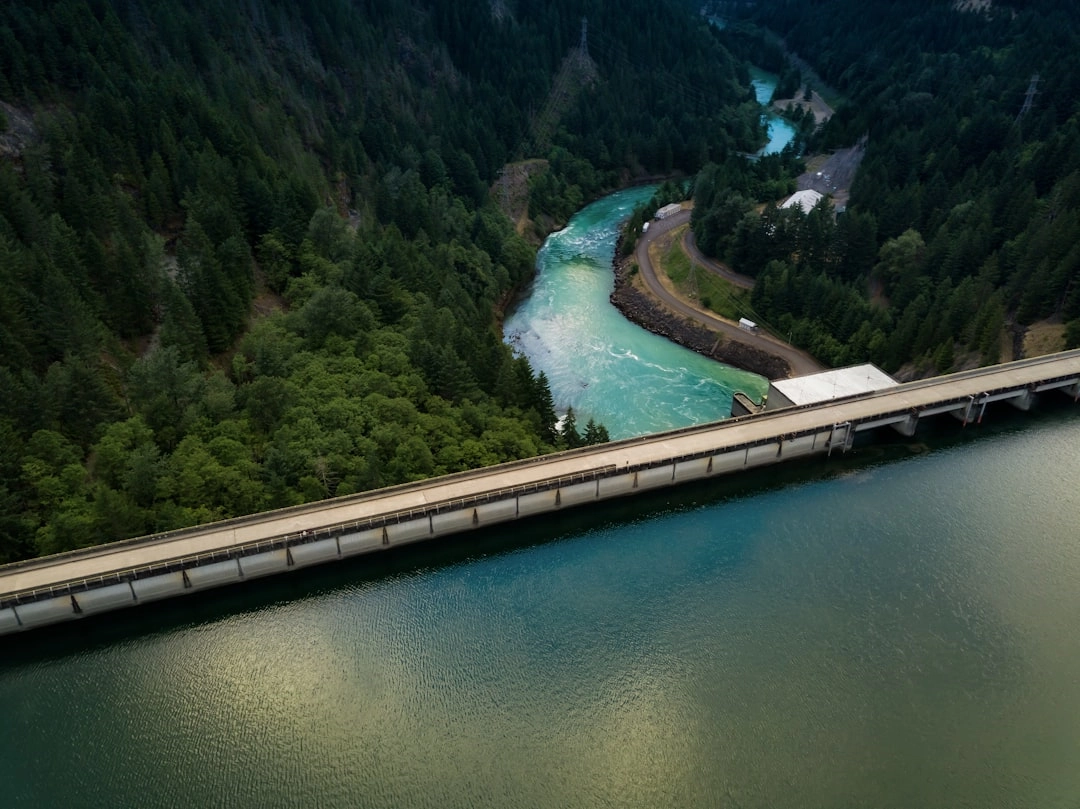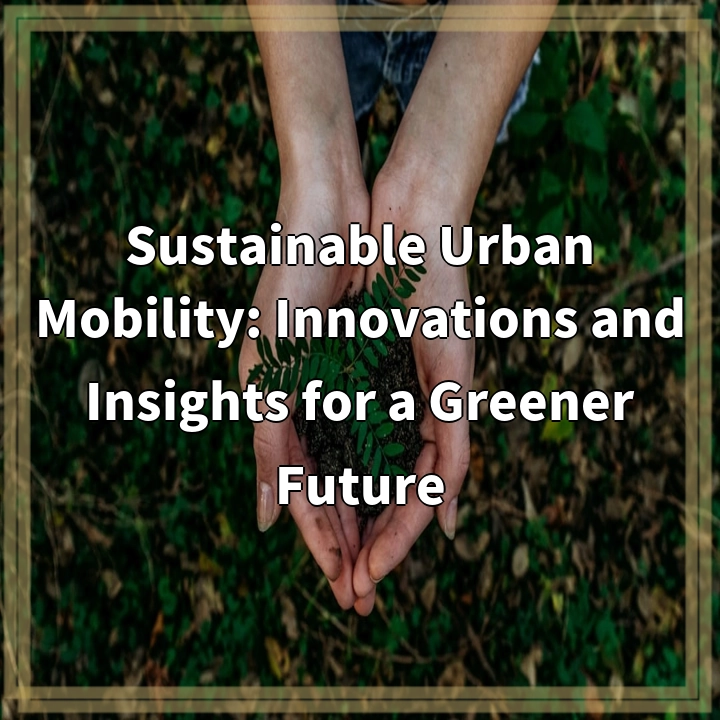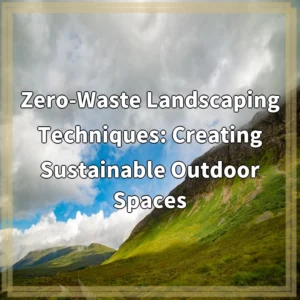Exploring the Power of Renewable Energy: Background, Insights, and Case Studies
What it is:
Renewable energy refers to energy sources that are naturally replenished over time and do not deplete finite resources. These sources include solar power, wind power, hydropower, geothermal energy, and bioenergy. Unlike fossil fuels such as coal, oil, and natural gas, which release harmful greenhouse gases when burned, renewable energy options are considered cleaner and more sustainable alternatives. They play a crucial role in mitigating climate change, reducing pollution, and ensuring a more sustainable future.
Real-World Problems:
While renewable energy offers numerous benefits, it is not without challenges. Here are some real-world problems associated with the adoption and implementation of renewable energy:
1. Intermittency:
One of the main challenges with renewable energy sources like solar and wind power is their intermittency. Unlike traditional energy sources that can generate power consistently, solar and wind energy production depends on weather conditions. This intermittency poses challenges in maintaining a stable and reliable power supply, particularly during cloudy or windless periods. Innovative storage solutions and grid integration methods need to be developed to overcome this challenge.
2. High Initial Costs:
Initial implementation costs can be high for renewable energy projects. The installation and setup of solar panels, wind turbines, or hydropower systems require significant investments. While the long-term operational costs are relatively low, the upfront expenses can make it difficult for some communities or industries to adopt renewable energy alternatives. Financial incentives, government support, and innovative financing models are necessary to make renewable energy more accessible and affordable.
3. Land and Resource Constraints:
Renewable energy facilities often require large areas of land or access to specific resources. For example, solar farms need expansive land with optimal sun exposure, and hydropower projects require suitable water resources. Limited availability of suitable sites and potential conflicts with land-use priorities can pose challenges in scaling up renewable energy infrastructure.
4. Environmental Impacts:
While renewable energy sources are generally considered more environmentally friendly, they are not entirely without environmental impacts. For instance, large-scale hydropower projects can result in the displacement of local communities and alter ecosystems. Similarly, wind turbines might pose risks to birds and bats. Proper planning and assessment of environmental impacts are essential to minimize and mitigate these concerns.
5. Market Barriers and Policy Frameworks:
Market barriers and policy frameworks can hinder the widespread adoption of renewable energy. In some regions, fossil fuel subsidies and pricing mechanisms create an uneven playing field, making renewable energy less economically competitive. Additionally, inconsistent or inadequate policies and regulations can create uncertainty for investors and impede the growth of the renewable energy sector.
Although these challenges exist, significant progress has been made in overcoming them through technological advancements, research, and supportive policies. By addressing these real-world problems, we can unlock the full potential of renewable energy and accelerate the transition to a cleaner and more sustainable energy future.

Solutions to Real-World Problems Associated with Renewable Energy
1. Intermittency:
Developing innovative storage solutions, such as advanced battery technologies, can help store excess renewable energy generated during peak times for use during periods of low production. Furthermore, improving grid integration through smart grid technologies and interconnecting renewable energy sources can create a more balanced and reliable power supply.
2. High Initial Costs:
Government incentives, tax credits, and subsidies can help offset the initial installation and setup costs of renewable energy projects. Additionally, implementing green finance mechanisms, such as power purchase agreements and crowdfunding, can make renewable energy more financially accessible and attractive to investors.
3. Land and Resource Constraints:
Efforts should focus on identifying suitable sites for renewable energy projects and streamlining the permitting process. Additionally, promoting distributed generation and rooftop solar installations can mitigate the need for large land areas, allowing more localized renewable energy production.
4. Environmental Impacts:
Thorough environmental impact assessments and mitigation strategies should be mandatory for renewable energy projects. This includes studying wildlife patterns and behavior to minimize risks to birds and bats, as well as engaging with local communities and stakeholders to address concerns and ensuring sustainable development practices.
5. Market Barriers and Policy Frameworks:
Reforming policy frameworks to remove fossil fuel subsidies and introducing carbon pricing mechanisms can level the playing field and create a more favorable economic environment for renewable energy. Implementing long-term supportive policies, such as feed-in tariffs and renewable portfolio standards, can provide stability and attract investments in the renewable energy sector.
By implementing these solutions and continuing to invest in research and development, society can overcome the challenges associated with renewable energy and accelerate the transition towards a cleaner, more sustainable energy future.













